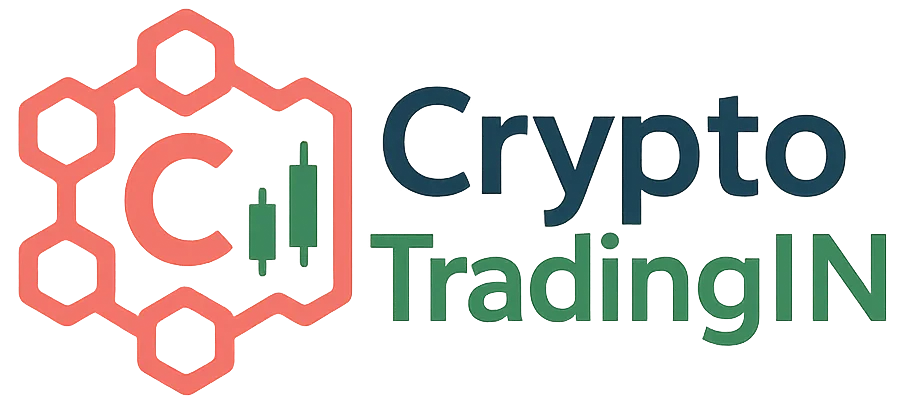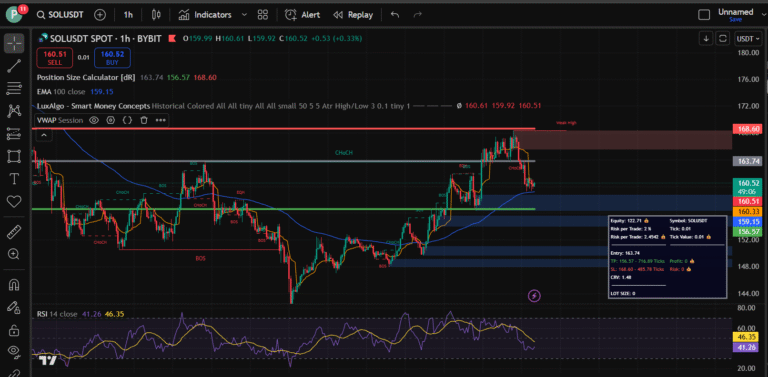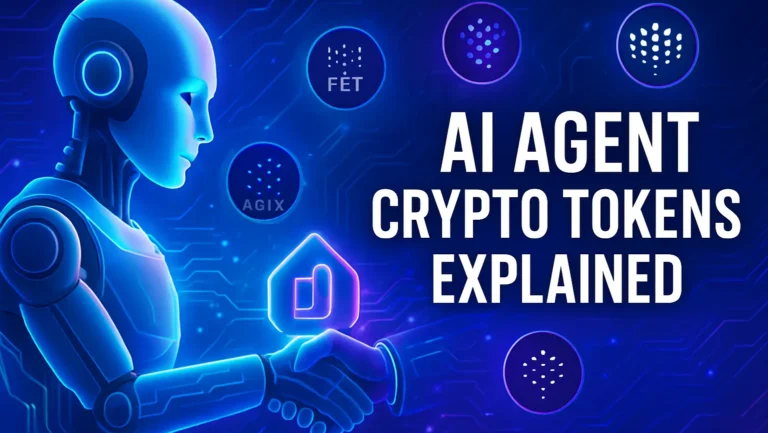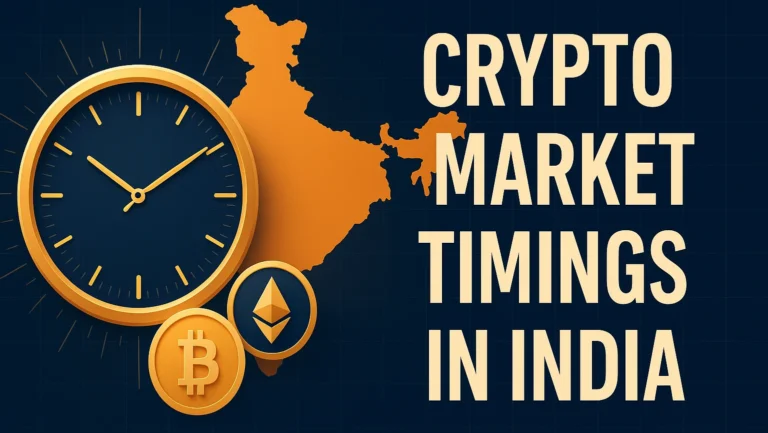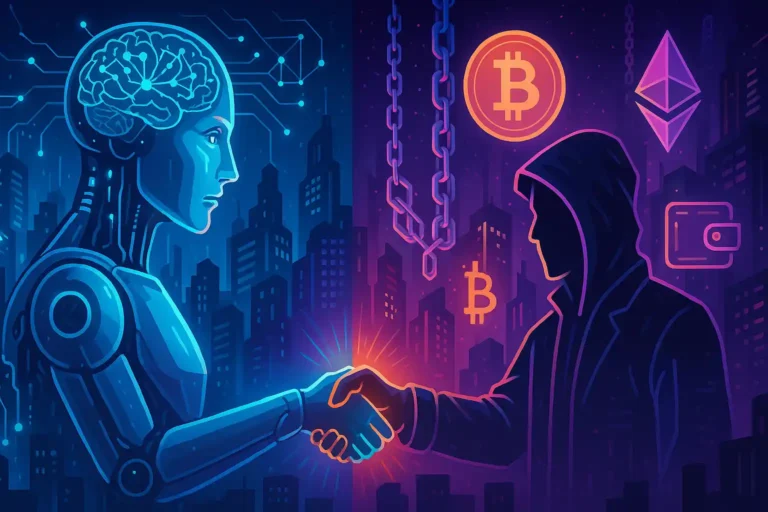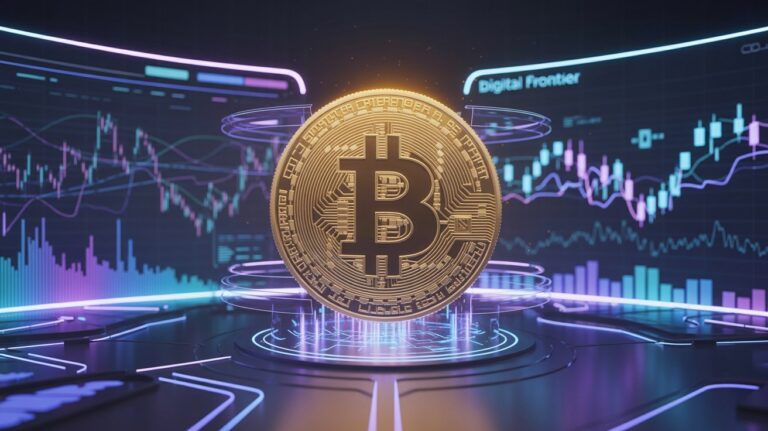Crypto Token Burn Explained
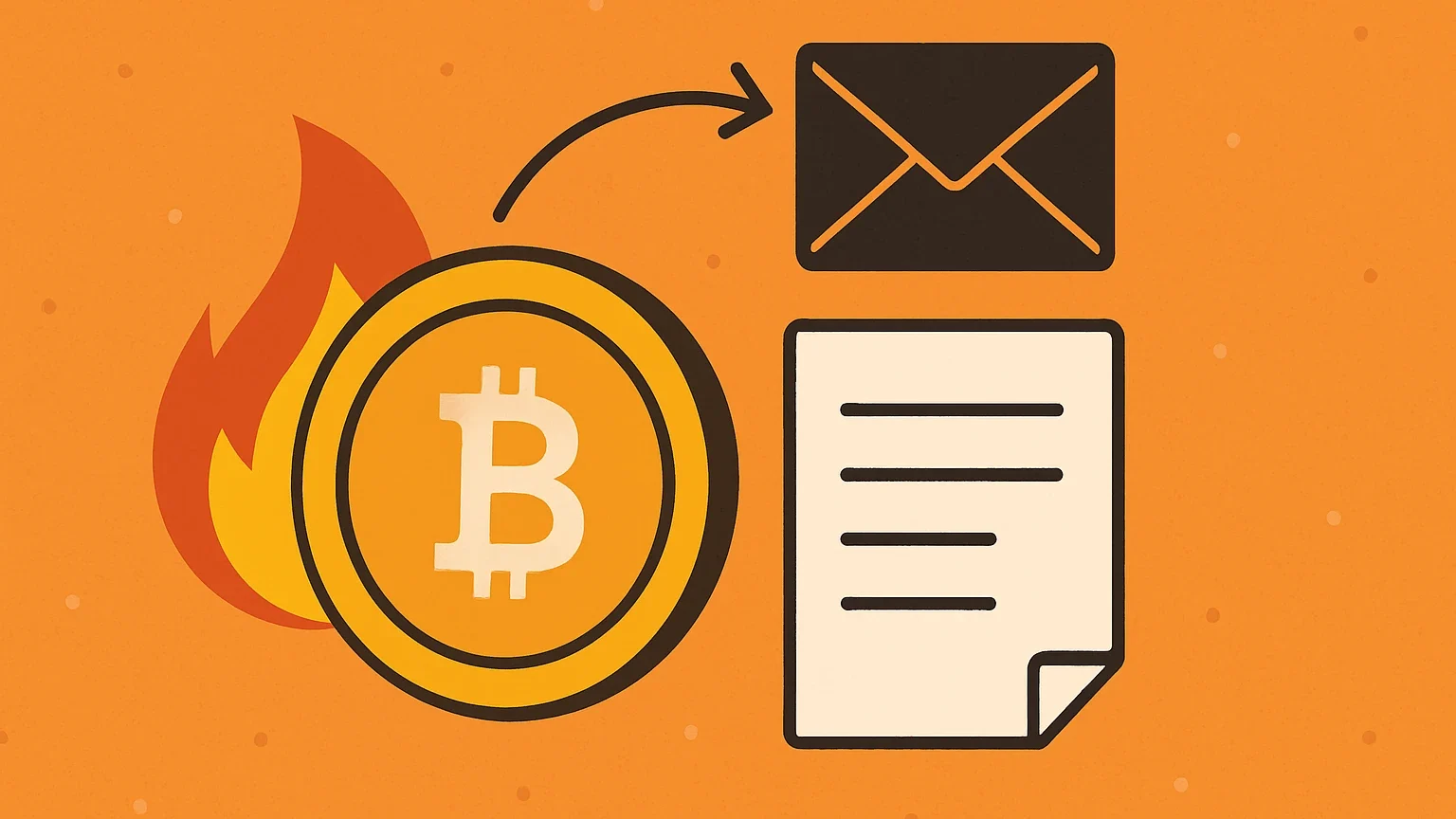
Crypto Token Burn Explained
Hey, I am Mukesh prajapati. Welcome to the world of crypto token burning one of the more fascinating and often misunderstood parts of the crypto world.
Think of it like this, just imagine lighting real money on fire, but digitally. Why would anyone do that? And what does it mean for investors, projects, and the overall crypto ecosystem?
Let’s break it down simply, read whole post.
Introduction to Token Burning
What is Token Burning?
Token burning refers to the process of permanently removing a specific number of cryptocurrency tokens from circulation.
I am showing you how cryptocurrencies burn tokens not with fire, but by sending them to a special, inaccessible wallet address called a burn address. You and I are watching as digital coins float into this locked wallet.
Once they go in, I tell you, These tokens are now gone forever, they can never come back or be used again. The background shows a futuristic digital landscape with a visual drop in supply charts, representing a decrease in circulating tokens.
To get technical, imagine a blockchain transaction where coins are sent to an address that has no known private key.
No one not even the creators of the coin can access them. It is like mailing cash to a locked vault with no door. The public can see the tokens are there, but no one can retrieve or use them.
This practice is akin to a company buying back and shredding its shares. It reduces the available supply of the asset, potentially increasing the value of the remaining tokens.
This simple-sounding mechanism plays a surprisingly powerful role in shaping market sentiment and economic value.
The Origin of the Concept
“You know, the idea of reducing how much of something is out there to make it more valuable isn’t new.
I’ve seen it in the stock market too companies often buy back their own shares to help boost value, kind of like how some cryptocurrencies burn their tokens.”
In the crypto world, token burning achieves a similar objective but often with an automated, decentralized twist.
The earliest known mention of token burning in crypto dates back to Counterparty (XCP), an early Bitcoin-based protocol, but it gained real momentum with Binance Coin (BNB), which institutionalized quarterly burns as part of its tokenomics model.
Since then, token burning has become a popular strategy in many new and existing blockchain projects, from Ethereum-based tokens to meme coins like Shiba Inu.
Why Do Cryptocurrencies Burn Tokens?
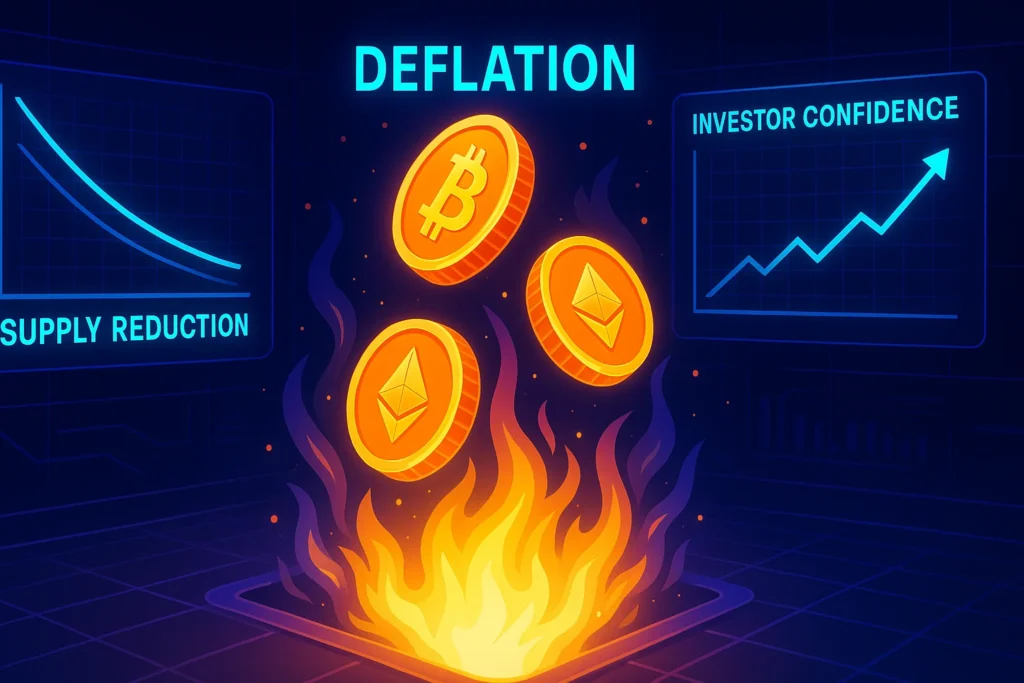
Deflationary Mechanics
One of the primary reasons crypto projects engage in token burning is to implement a deflationary model.
Unlike traditional fiat currencies, which can be printed endlessly by central banks (leading to inflation), cryptocurrencies often aim to keep their supply finite or even decreasing over time.
Token burning is a straightforward way to achieve this. By reducing the total supply of a token, each remaining unit becomes more scarce.
In economics, when something is hard to get, it usually becomes more valuable. So if tokens are burned and there are fewer of them around, it puts pressure on the price to go up especially if people still want them just as much or even more.
Let’s use a simple analogy: imagine you and your friends collect rare trading cards. If half of those cards are destroyed, the ones you still own become much more valuable.
Crypto works the same way. Fewer tokens = more value per token.
Price Stabilization and Investor Confidence
Another reason for token burning is to help stabilize or even boost token prices. In a highly speculative market like crypto, price swings are the norm.
But regular burns signal to investors that the development team is committed to the long-term value of the asset.
For instance, if a project generates revenue, and then uses a portion of those profits to buy and burn tokens, it shows financial health and a focus on reducing inflation. It’s like saying, “We’re doing well, and we’re willing to invest in ourselves.”
This can instill confidence in both current holders and potential investors.
Think of it as a way to align incentives when the token supply decreases, every holder stands to benefit, at least hypothetically. It’s not a guarantee of gains, but it’s a signal that the project is trying to create lasting value rather than quick profits.
How Token Burning Works
Manual vs. Automatic Burning
Token burns can be initiated manually or automatically. Manual burns are conducted by the development team or foundation behind a project.
They usually announce a specific number of tokens they intend to burn, often providing proof via blockchain transactions. These are common with major events like quarterly reports or product launches.
On the flip side, automatic burns are baked into the code via smart contracts. These burns happen whenever certain conditions are met, like every time a transaction occurs, a small percentage is automatically sent to a burn address.
This model is more transparent and tamper-proof, and it’s gaining traction among DeFi projects and newer tokens.
Let’s say a token has a rule where 1% of every transaction gets burned. That means the total supply keeps shrinking over time.
It’s a smart way to make the token feel more rare, which can encourage people like you and me to hold onto it longer. It also adds a bit of a game-like twist that keeps users interested.
Smart Contract Mechanisms
In decentralized systems, it is not people who burn the tokens, smart contracts do it automatically.
These are self-running bits of code that follow set rules, so the burning happens exactly as planned without anyone needing to step in. That means you and I don’t have to worry about manipulation, and it builds more trust in the system.
A smart contract might execute a burn under several conditions:
- When a token is transferred between wallets
- As a part of staking rewards
- Upon completion of a token swap or trade
- When tokens are sent to a specific burn contract address
These contracts are usually audited for transparency and security. With clear rules and open-source code, users can verify that burns are happening as promised.
Proof-of-Burn Consensus Explained
There’s also a lesser-known but fascinating application of token burning: Proof-of-Burn (PoB). This is a consensus algorithm that requires participants to burn tokens in exchange for mining rights or staking privileges.
Instead of using energy or locking coins, PoB uses burning as proof that a miner is invested in the system.
The more tokens they burn, the more mining power they receive. This ensures skin in the game while maintaining scarcity.
Although not as widely used as other consensus models, PoB shows the versatility of burning mechanisms in blockchain design.
Real-World Examples of Token Burns
Binance Coin (BNB) Burn Events
If you want a clear example of token burning done right, look at Binance Coin (BNB). Binance one of the biggest crypto exchanges out there has been burning millions of BNB tokens regularly.
It’s all planned out and fully transparent, so you and I can actually see how it’s happening and trust the process.
BNB initially launched with a total supply of 200 million tokens, and Binance committed to reducing this supply by 50%, or 100 million tokens, through periodic burns.
These events occur every quarter and are directly tied to the volume of trading on Binance’s exchange. The more people trade, the more revenue Binance earns, and the more BNB they burn.
So how does this help investors? First, it reduces the overall supply of BNB.
Over time, this burning process can make the BNB tokens you and I hold more valuable especially since people are using BNB for things like trading fees, staking, DeFi, and NFTs. It also shows that Binance is in it for the long haul.
They’re not just running a business they are actively trying to keep the token strong and valuable, and they’re doing it in a way that’s open and strategic.
One notable burn occurred in April 2021, when Binance destroyed over 1 million BNB, valued at more than $595 million. It was one of the largest token burns in crypto history.
These burns aren’t just numbers; they’re market-moving events that often precede price spikes or shifts in investor sentiment.
What makes Binance’s burn process especially credible is that it’s conducted transparently, and the details are published publicly.
You can even verify each burn transaction on the blockchain. That level of openness builds trust in the ecosystem and has helped establish BNB as one of the top cryptocurrencies globally.
Shiba Inu & Meme Coins Burn Strategies
Meme coins like Shiba Inu (SHIB) and BabyDoge have taken the token burn concept and turned it into a full-blown marketing strategy.
These projects rely heavily on community involvement and hype, and token burning has become a central part of their value proposition.
SHIB, often referred to as the “Dogecoin killer,” has implemented multiple burn strategies to reduce its astronomical supply.
With over 1 quadrillion tokens initially minted, the only way to create meaningful scarcity was through aggressive burning.
One of the most famous events was when Vitalik Buterin, co-founder of Ethereum, burned 410 trillion SHIB tokens he was gifted, worth billions at the time. It shocked the market and ignited a wave of interest and speculation.
Today, SHIB burns are community-driven, with portions of ecosystem transactions (like from their DEX, ShibaSwap) allocated to burn wallets.
The SHIB team even launched a Shib Burn Portal, which incentivizes users to burn their tokens in exchange for rewards. It’s a fascinating mix of gamification and economic strategy.
Meanwhile, BabyDoge Coin introduced an automatic burning mechanism, where a portion of every transaction is instantly sent to a burn address.
They even publish updates on the total number of coins burned, creating ongoing excitement within their community. It’s not just about economics it is about engagement.
These examples show that token burning isn’t limited to serious, utility-driven tokens. Even meme coins can harness the power of burning to generate demand, reduce supply, and build community trust.
Benefits of Token Burning
Reduced Supply – Increased Demand
At the heart of it, burning crypto tokens is really just about basic economics supply and demand.
If you and I see the supply of a token go down, but people still want it (or even want it more), chances are the price will go up. That’s the whole idea behind token burning.
Let’s break it down with a metaphor. Imagine a concert with 10,000 tickets. If 2,000 tickets are suddenly voided or destroyed, those remaining become more valuable especially if it’s a popular event. Now scale that concept to millions or even billions of digital tokens.
When a project burns tokens, it is reducing the circulating supply. If that project continues to grow adding users, building partnerships, launching products demand naturally increases.
This imbalance creates upward pressure on price. For investors, this could mean potential profits and stronger market positions.
That said, burning tokens doesn’t guarantee price increases. It is one piece of a larger puzzle that includes project fundamentals, market sentiment, and external factors like regulations or macroeconomic trends.
But all things being equal, a smaller supply often leads to a higher value per unit especially in the long term.
Greater Transparency & Community Trust
One of the underrated benefits of token burning is the transparency it creates. In a space often plagued by rug pulls, scams, and shady developers, burning tokens in a publicly verifiable way can go a long way in building community trust.
Blockchain technology allows anyone to see token burn events. When a project team announces a burn, you can check the transaction on a blockchain explorer like Etherscan or BscScan.
This verifiability proves that the burn actually occurred, and that tokens were indeed sent to a dead wallet.
This act of transparency can strengthen investor confidence. It tells the community, We are serious about long term value. We are reducing our ability to dump tokens on the market. We’re aligned with your interests. That’s a powerful message, especially in decentralized ecosystems where trust is everything.
Some projects go even further, allowing community members to vote on burn schedules or amounts. This adds a layer of decentralization and gives token holders a voice in shaping the tokenomics. It’s not just a technical mechanism, it is a trust-building exercise.
A Tool Against Inflation
Inflation is a silent killer in both traditional and digital economies. As more money (or tokens) is printed or minted, the value of each individual unit tends to decline.
Token burning acts as a counter-inflationary force, preserving or increasing the value of the remaining tokens.
In fiat economies, central banks try to control inflation through interest rates and monetary policy. In crypto, developers use burns as a decentralized version of monetary policy.
Instead of raising rates, they cut supply. And in many cases, this approach is automated through smart contracts, making it immune to human manipulation or error.
This is especially useful in ecosystems that generate high token emissions. For instance, DeFi platforms often distribute large amounts of tokens as rewards.
If those tokens aren’t periodically burned, the supply could balloon out of control, crashing the price. By implementing regular burns, these platforms can manage inflation while still rewarding users.
In summary, token burning is a proactive tool that helps crypto projects manage scarcity, fight inflation, and maintain long-term value. It is not just about flashy announcements or market hype, It is about crafting sustainable economics for a digital future.
Token Burning and Market Psychology
Impact on Investor Behavior
Token burning isn’t just about supply numbers, it also plays with our psychology. When a crypto project announces a burn, you and I might feel that classic FOMO kick in.
Why? Because most people see burns as a sign that the price could go up. It sends a bullish signal to the market, and that gets everyone’s attention.
Fewer tokens in circulation typically suggest upward price pressure, and that belief alone can drive buying activity.
This effect is amplified by social media buzz, influencer tweets, and community discussions. When a burn is announced especially a large one, it spreads like wildfire across Twitter, Reddit, Telegram, and Discord.
Traders start piling in, speculating on a price jump. Even before the actual supply impact is felt, the anticipation can cause massive price movements.
Moreover, consistent and transparent burning instills long-term confidence in a project. It signals that the team is taking steps to protect the value of its token, which appeals to investors looking for sustainability, not just hype.
For new investors entering a space full of noise, this kind of commitment stands out.
But there’s a caveat. If a token’s value relies solely on burns without strong utility or ecosystem growth, it can backfire.
Once the hype fades, prices can drop just as quickly. That’s why successful burns are often paired with meaningful project development and real-world use cases.
Psychological Reinforcement Through Scarcity
Humans are hardwired to respond to scarcity. From Black Friday sales to limited-edition NFTs, the fewer there are of something, the more we want it.
Token burning taps into this psychological trigger by making each token more valuable in theory simply because there are fewer of them.
This scarcity-driven psychology reinforces holding behavior. When users see a project continuously burning tokens, they’re less likely to sell in the short term.
They believe the token will appreciate in value as supply decreases over time. It’s a psychological anchor that nudges holders toward long-term investment rather than short-term flipping.
Community Perception and Hype Cycles
In crypto, how the community sees things really matters. When a project keeps burning tokens, you and I start to feel like it’s actually moving forward.
It shows there’s real effort and long-term thinking behind it. That kind of action builds loyalty, it gives holders like us something to rally around, a reason to believe in the project’s future.
When a burn happens, it’s often accompanied by celebratory tweets, burn parties on Telegram, or countdowns to burn events. These micro-moments create recurring hype cycles, keeping the community engaged and excited. It’s marketing, economics, and psychology rolled into one.
Drawbacks and Criticisms of Token Burning
Short-Term Hype vs. Long-Term Value
While token burning can create buzz, not all burns are created equal. One of the biggest criticisms is that some projects use burning purely as a marketing stunt, a way to generate short-term interest without offering real long-term value.
For example, a project might burn a large number of tokens but have no product, no user base, and no roadmap. It’s a classic “pump and dump” setup, where hype is manufactured around scarcity but there’s nothing to back it up. When investors realize this, the price usually crashes.
This leads to a larger issue in crypto: overreliance on tokenomics without utility. Burning is not a substitute for building. If a project isn’t solving a problem or offering something people want, no amount of burns will sustain its value.
Lack of Transparency in Some Projects
Not all token burns are publicly verifiable. In some cases, developers may claim to burn tokens without actually sending them to inaccessible addresses. Or they might “burn” tokens they still control, essentially faking scarcity while holding hidden supply.
This lack of transparency erodes trust and can damage a project’s reputation permanently. That’s why it’s crucial for investors to check blockchain explorers and verify burn addresses. Real burns are irreversible and visible on-chain. Anything less should be viewed with skepticism.
Potential for Misuse and Manipulation
Token burning can also be misused to manipulate prices or investor behavior. A project might schedule a burn right before a new listing or product release to inflate prices artificially. Or they might create a deflation narrative while secretly minting new tokens behind the scenes.
Even in legitimate projects, burns can become a distraction from actual development. Teams might focus on promoting burns to cover up delays, internal issues, or lack of adoption. It’s the crypto equivalent of smoke and mirrors keeping the spotlight on tokenomics while ignoring the tech.
The takeaway? Burns should be a supporting mechanism, not the main event. When used responsibly, they’re powerful. When abused, they’re dangerous.
Regulatory Views on Token Burning
Legal Grey Area
Token burning exists in a regulatory grey zone. While no major jurisdiction has outright banned the practice, regulators are watching it closely especially when it’s tied to financial incentives, token sales, or price speculation.
Some regulators may view token burns as market manipulation, particularly if they’re used to artificially inflate token prices. Others might interpret burns as a form of share buyback, which in traditional finance comes with strict disclosure requirements.
Projects that burn tokens as part of profit distribution might also trigger securities concerns. If regulators view the token as a security, burns could be scrutinized as dividend-like behavior.
Transparency as a Regulatory Shield
The best defense against regulatory pressure is transparency. When projects clearly document their burn process, publish transaction IDs, and offer public audits, it reduces suspicion and builds credibility.
DeFi platforms in particular must walk a fine line. Many use automatic burn mechanisms coded into smart contracts, which adds a layer of decentralization. This can help projects argue that no central entity is manipulating the supply burns happen algorithmically, not by executive decision.
However, as crypto regulation evolves, expect clearer guidelines on token burning. Projects that get ahead of this by being transparent and compliant will have a long-term advantage.
The Future of Token Burning
Integration with NFTs and Gaming
Token burning is evolving. One of the most exciting developments is its integration with NFTs and blockchain gaming.
For example, in play-to-earn games, players might burn in-game tokens to upgrade characters or access special items. This reduces token supply while adding value to the ecosystem.
Similarly, NFT projects are experimenting with burn mechanics to control scarcity. Some let users burn multiple NFTs to mint a rarer one, a concept known as fusion or evolution. This adds a gamified layer to collecting and drives engagement.
Burning as a Governance Tool
Another future trend is using burns in governance. Projects are exploring models where voting power is earned by burning tokens, not just holding them. This aligns incentives only those willing to invest (and sacrifice) have influence over decisions.
This idea isn’t just theoretical. Some DAOs are already testing “burn-to-vote” mechanisms to deter spam, reduce voter apathy, and ensure decisions are made by the most committed users.
Automated and Dynamic Burn Protocols
We’re also seeing more dynamic burn protocols, where the burn rate adjusts based on market conditions.
For example, higher transaction volumes could trigger more aggressive burns, while quiet periods result in fewer tokens being removed. This creates a self-balancing system that mimics real-world monetary policy.
These innovations show that token burning is not just a gimmick, it is becoming a core part of crypto economics, governance, and utility.
Conclusion
Token burning isn’t just some niche tactic anymore, it’s become a major part of how crypto projects manage their economies.
Whether it’s about cutting supply to create scarcity, earning trust from investors like you and me, or helping a token hold value over time, burning has become a go-to strategy.
We’ve seen it in action with big names like Binance and even with meme coins like Shiba Inu. It’s one way these projects try to grow and build stronger communities.
But let’s be honest burning tokens isn’t some magic fix. If a project has no real use case or demand, burning alone won’t save it. As an investor, you’ve got to look past the hype and see if there’s real substance behind it.
That said, when token burning is paired with real utility, solid leadership, and open governance, it can be more than just a flashy move, it becomes a smart strategy for long-term success.
As crypto matures, we’re likely to see even more sophisticated burn mechanisms across DeFi, NFTs, gaming, and even AI-integrated platforms.
So, is token burning a game changer?
Honestly, it can be both. It all depends on how, its is used and whether it’s backed by real value.
Read: How to buy polkadot easily.
Frequently Asked Questions (FAQs)
1. Is token burning good for investors?
Yes, if done responsibly. Token burning can reduce supply and potentially increase demand, which may raise the token’s value. However, it’s not a guarantee. Always check whether the project has real utility, a growing user base, and transparent burn mechanisms before investing.
2. Can token burning backfire?
Absolutely. Token burning without strong fundamentals is just hype. If a project relies only on burns to attract attention and lacks development or utility, the value may drop once the buzz fades. Also, poorly implemented burns can be perceived as manipulation, damaging trust.
3. How do I verify a token burn actually happened?
You can verify burns on public blockchains using explorers like Etherscan or BscScan. Look for transactions sending tokens to a burn address, which is usually an address no one can access.
4. Are all token burns the same?
Not at all. There are manual burns, where teams initiate the process, and automatic burns, built into smart contracts. Some projects use periodic burns, while others burn a small portion of every transaction. The effectiveness and credibility depend on the burn’s structure and transparency.
5. Does Bitcoin have token burning?
No, Bitcoin doesn’t have a formal burn mechanism. Its scarcity is enforced through a fixed supply of 21 million coins and halving events, which reduce the reward for mining new blocks every four years. However, some lost BTC is considered a kind of accidental burn.
Contents
- 1 Crypto Token Burn Explained
- 2 Introduction to Token Burning
- 3 Why Do Cryptocurrencies Burn Tokens?
- 4 How Token Burning Works
- 5 Real-World Examples of Token Burns
- 6 Benefits of Token Burning
- 7 Token Burning and Market Psychology
- 8 Drawbacks and Criticisms of Token Burning
- 9 Regulatory Views on Token Burning
- 10 The Future of Token Burning
- 11 Conclusion
- 12 Frequently Asked Questions (FAQs)
